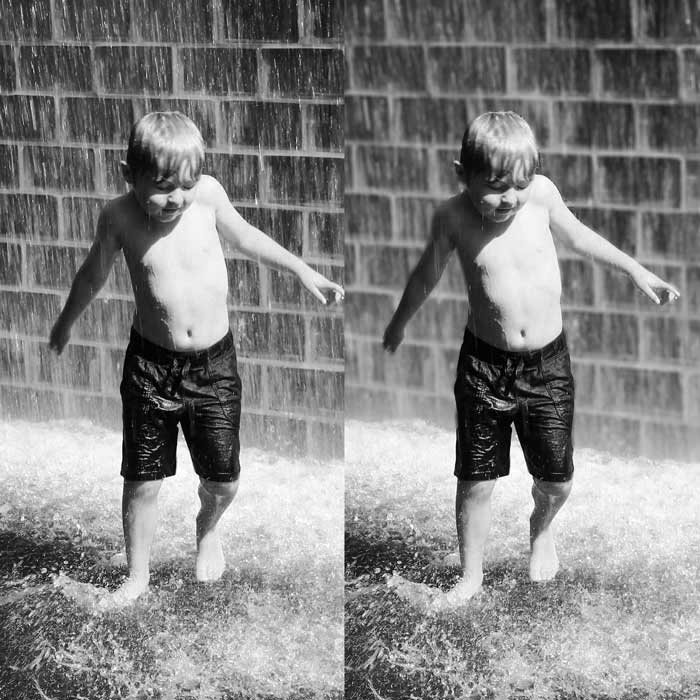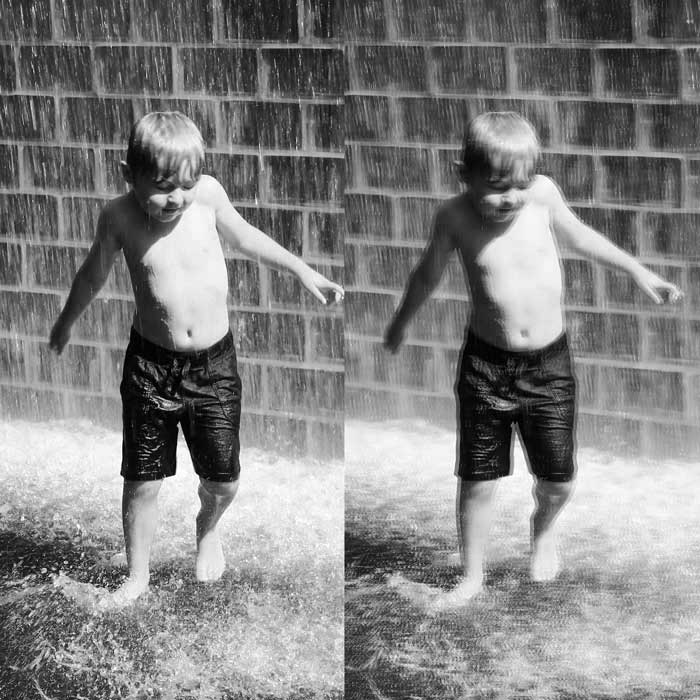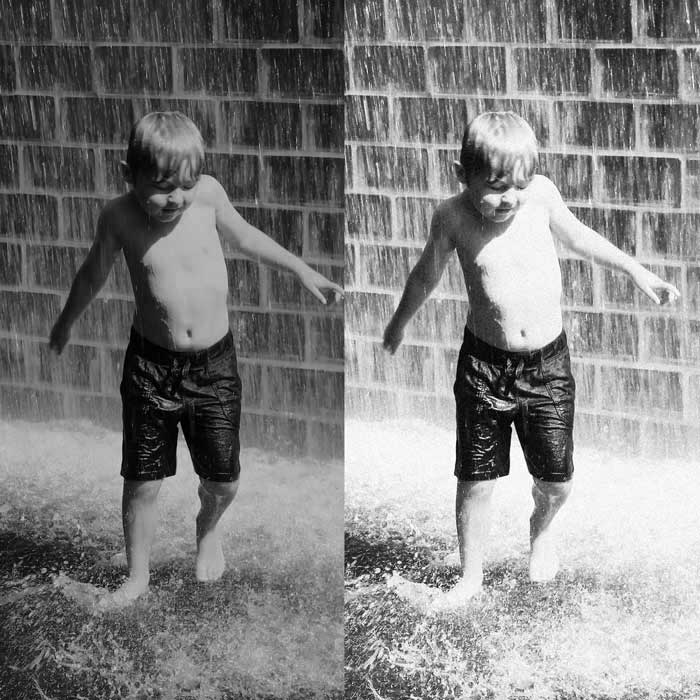ISO, Shutter, Aperature, oh my!
Photography's Exposure Triangle Explained
Aperature, shutter speed and ISO: three basic camera settings that any photographer, beginner to professional, needs to know how to control in order to get that perfect shot in any given situation. Along with working together to process a given scene's light and (hopefully) capture a balanced exposure, ISO, aperature and shutter speed settings can be individually harnessed to add unique visual effects to photographs.
Aperature
Aperature, often called a camera's f-stop, is a setting that affects how much of the shot is in focus. Aperature involves exactly how big the lens opening is upon taking a picture, affecting how much light the camera sensors are exposed to and how differentiated the subject/foreground is from the background. For example, if you wanted to focus in on a beautiful flower while also blurring out a distracting background, you'd use a bigger aperature to create that subject/background difference.
Rookie Tip!: On a DSLR camera itself, aperature is controlled in term's of the camera's f-stop number. However, the system works inversely bigger you want the aperature to be, the smaller the f-stop number will be. For example, a big aperature setting on a DSLR camera would be labeled f2.0 versus f16.
Shutter Speed
Shutter speed affects how moving subject are captured. Measured in fractions of a second (a 1/1000 shutter means 1/1000 of a second), to change the shutter speed is to change how long the lens actually is open when the capture button is pressed. With this in mind, shorter the shutter speed, the more "frozen" an object's motion is. For example, if you wanted to take a "frozen-in-time" photo of Usain Bolt running, you'd want a really fast shutter speed.
Rookie Tip!: The shorter the shutter speed, the shorter the amount of time light has to enter the camera body. To compensate for this lack of time for light to enter the camera, try playing with a bigger aperature or ISO setting!
ISO
Apart from the mechanical effects of aperature and shutter on the camera, a camera's ISO affects the light-sensitivity of the camera's built-in sensor. After light enters the camera body through the lens, the light values are translated into electric signals, and a camera's ISO can alter how such light is processed into a final digital image. With this setting, the higher the ISO number, the less light the camera sensor needs to produce an exposure. For example, if you're in a situation where you need a low shutter and small aperature (leading to less light being able to enter the camera), a higher ISO will allow the camera's sensor to be more sensitive to the little amount of light that enters.
Rookie Tip!: The higher the ISO number, the more visual noise, also known as photo grain, will appear in the final image. In situations where you want a crisp photo with clean color blocks, make sure you're in a well lit place and increase the ISO sparingly.


